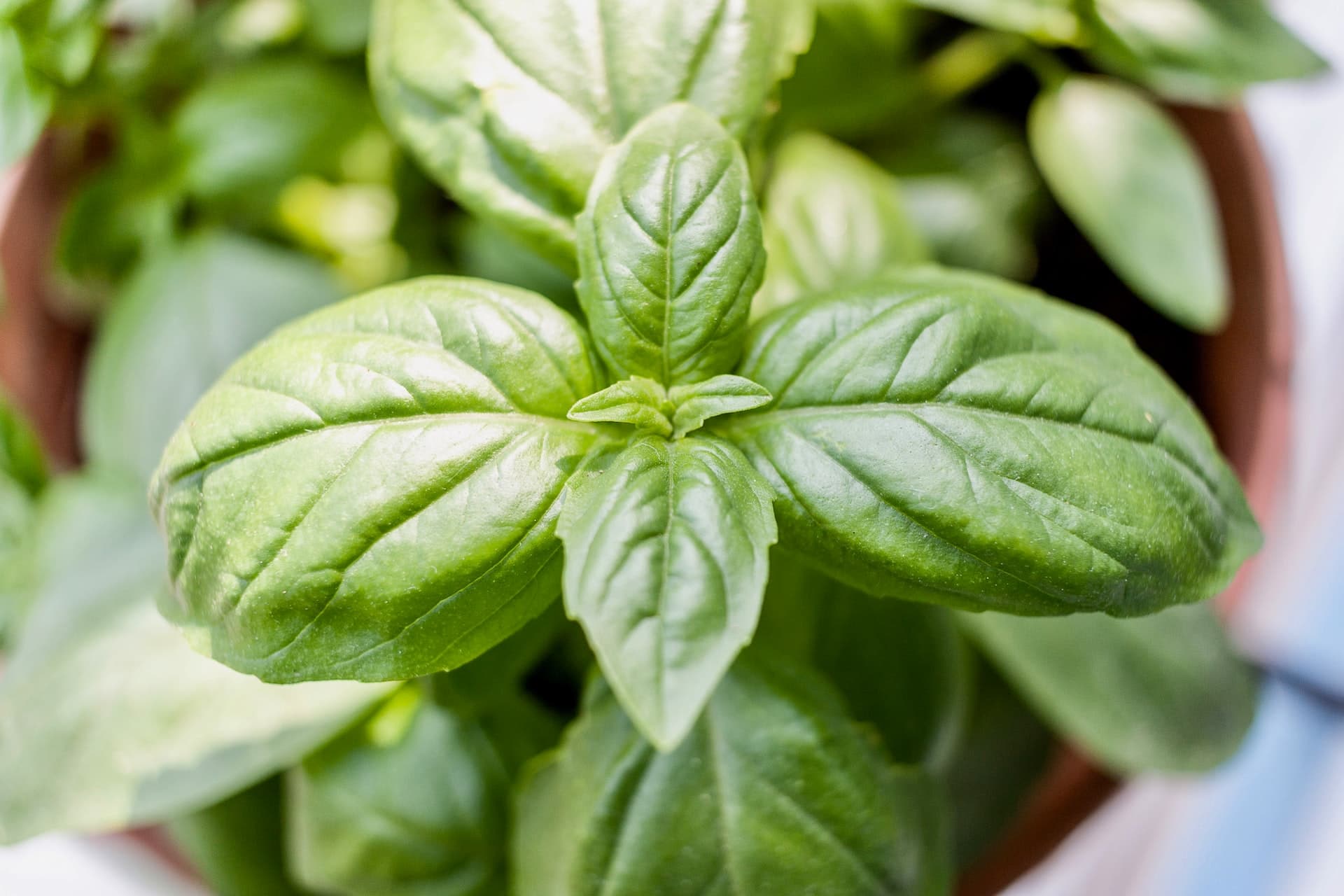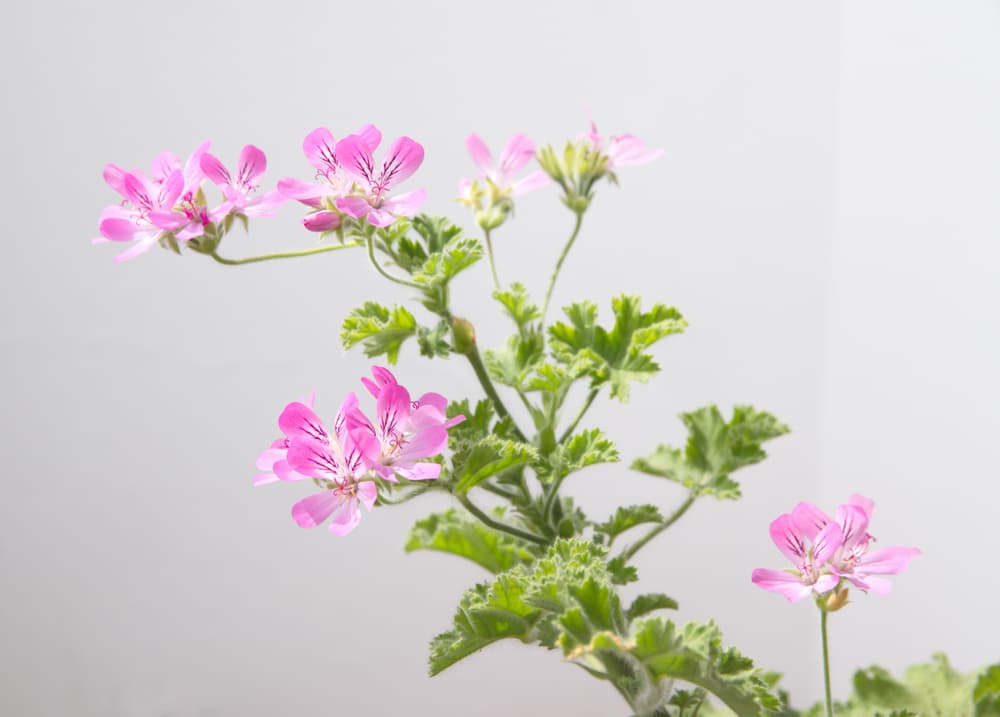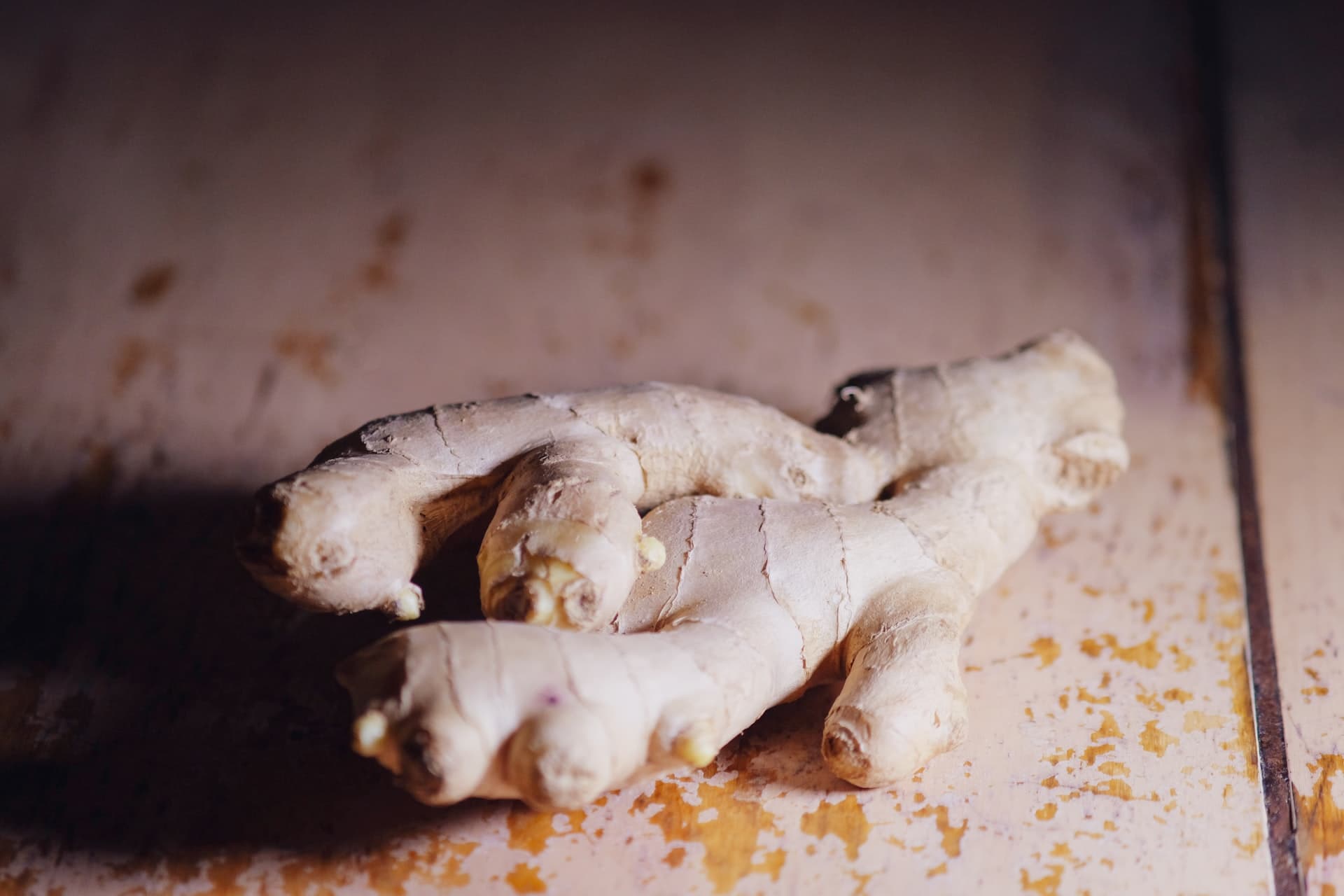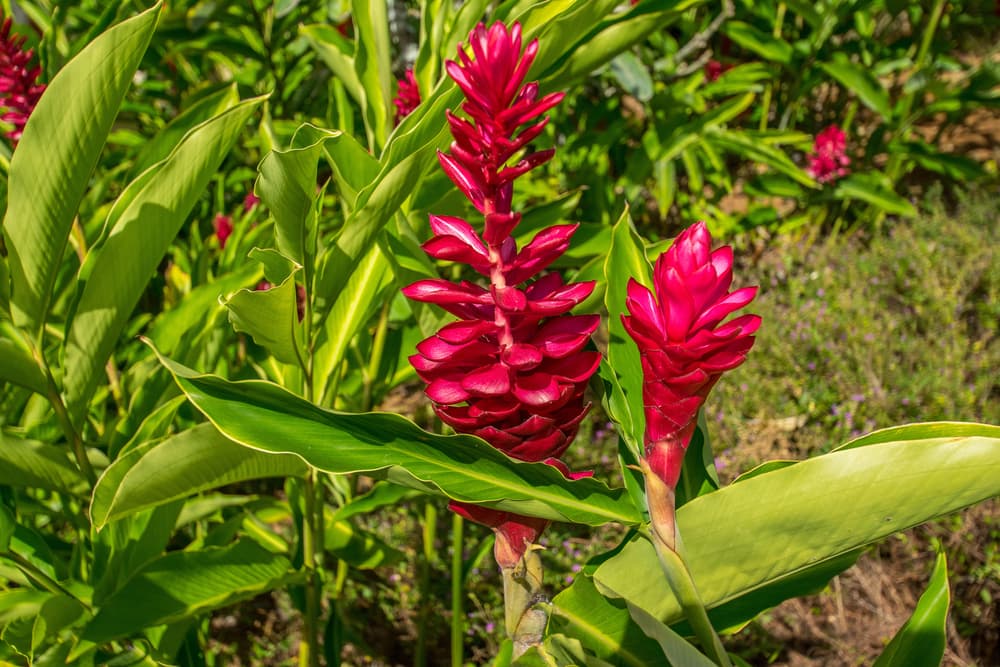Written by Avi Dew on October 6, 2020
The magical world of medicinal plants reveals itself to us little by little every day. New researches are in progress and more different benefits are discovering. When looking back at the human history and observing the indigenes culture exists in our days, it is amazing finding out how since ever plants were used to our vantage in so many different ways.
Here are 3 additional easy-to-grow and easy-to-use medicinal plants and herbs for first-time gardeners.
Basil (Ocimum basilicum)
Basil is an annual or perennial herb, deepened on the breed. It is used for its leaves. Basil is native to tropical regions from central Africa to Southeast Asia. It is a tender plant, and is used in cuisines and as a medicine worldwide. Depending on the species and cultivar, the leaves may taste like oregano or anise, with a strong, pungent, often sweet smell.

How to Grow Basil?
It is recommended to grow Basilfrom seeds. Sow basil seed successionally from spring to summer so you have a continuous crop. Plant it into individual pots when plants are big enough to handle. Water sparingly because basil is not meeting its needs while sitting in wet bed. Harvest the leaves individually rather than chopping the plant with scissors, as this will enable new leaves to grow.Grow basil in well-drained, fertile soil in a warm, sheltered place out of direct midday sun. To get a quality crop that lasts from early spring to mid-autumn, it’s best to grow basil in containers.
How to Use Basil and what is it good for?
Popular as a food seasoning, this aromatic herb is also used in teas and supplements which may provide a range of health benefits. The most notable nutrient content of basil is vitamin K, but it also supplies vitamin A, Calcium, Iron and Manganese. Basil also contains beneficial plant compounds that have antioxidant, anti-inflammatory and other health properties. In addition, these compounds give basil its “essence” — or distinct aroma and flavor.
The potential benefits of extracts of basil are reducing memory loss associated with stress and aging, depression related to chronic stress, it helps reduce stroke damage and support recovery, basil improve blood sugar levels, cholesterol and triglycerides, reduce blood pressure, protect against aspirin’s damage to the gut, helps to prevent certain cancers, including of the breast, colon and pancreas, inhibit the growth of bacteria that cause dental decay, and repel insects such as mosquitos and ticks.
The type of basil commonly used in supplements and herbal tea is Holy Basil, usually called Tulsi which is the O. Tenuiflorum species, also known as O. sanctum. It is added to some Thai dishes because of its distinct flavor. Basil is not only a popular folk remedy for ailments like nausea and bug bites but also widely utilized in traditional Chinese medicine and have a place of honor in Ayurvedic medicine, also called “The Incomparable One,” “Elixir of Life,” or “Queen of the Herbs.” The holy Tulsy is mostly famous for being efficacy as an anti-inflammatory, anxiety treatment, and antioxidant. Lowers blood pressure and reduces stress, treats gastrointestinal disorders, relieves arthritis, regulates blood sugar levels, antiseptic. Best results receiving drinking Tulsy tea or infusions, though using the tea bag by laying it on the wanted area while drinking the tea will speed up the healing process and will benefit the bacteria control.
Scented Geranium (Pelargonium graveolens)
Scented geranium is a beautiful scented herb with many common names for its different verities including lemon geranium, rose geranium, sweet scented geranium, old fashion rose geranium and rose-scent geranium. Scented geraniums were originally found in Africa and brought back to Holland by early explorers. From Holland, the popular houseplant migrated to England in the 1600s. They were particularly favored during the Victorian era when the fragrant leaves were added to fingerbowls for guests to rinse their hands between courses at dinner. From those original African plants, horticulturalists have developed the wide variety of scented geranium plants we enjoy today. There are now over a hundred varieties with different shaped and textured leaves, flower colors, and aromas.

How to Grow Scented Geranium?
This plant is members of the Pelargonium genus which makes it very easy to grow from cuttings. One major bonus is the fact that geraniums have no dormant period. They grow continuously throughout the year, which means they can be propagated at any time. When taking cuttings from geranium plants, cut with a pair of sharp shears just 1 cm under a node, or a swollen part of the stem. It is always better to have a cutting of 2-3 nodes in total. Strip off all but the leaves on the tip. This is what you’ll be planting. Simply stick your cutting in a pot of warm, damp, sterile potting soil. Water thoroughly and place the pot in a bright location out of direct sunlight. Water the pot whenever the soil feels dry. After just a week or two, your geranium plant cuttings should have taken root. Scented geranium care is pretty basic. You can grow them in pots, or in the ground. They prefer lots of sun but for its strong survivor character will thrive in shady places or indoors as well. They aren’t fussy about soil type though they don’t like wet feet, keep on noticing the soil gets dry between watering.
How to Use Scented Geranium and what is it good for?
The fresh or dried leaves of a scented geranium can make wonderful flavored teas. Simply steep a couple of teaspoons of fresh or dried leaves in a cup of hot water or add a few leaves to your pot. Drinking tea made from scented geraniums can have a calming effect similar to chamomile and may be able to reduce stress and anxiety. Scented geranium can also help with stomach aches, diarrhea, and headaches when ingested. It may help to reduce the pains associated with arthritis.
Scented geranium tea can be used to clean the face and is thought to help with pimples and acne because of its antibacterial properties. Drop a few leaves of scented geranium into a bottle of witch hazel and use as a toner on problematic skin. Dried leaves of scented geranium can be added to bathwater as well. The Lemon Geranium- P. ‘Graveolens’ is the most famous of all varieties for its mosquito repelling qualities. The gorgeous plant spreads a citrus scent which is pleasant for us but repels mosquitoes. Its presence is enough, thought rubbing fresh leaves on the clothes and body signs the deal. Dried geranium leaves can be added to potpourri and sachets. Instead of moth balls try dried geranium leaves to repel insects in closets, dressers, and attics. The common P. ‘Graveolens’ or P. ‘Rosat’ has great importance in the perfume industry. Its foliage is distilled for its scent. As a flavoring, the flowers and leaves are used in cakes, jams, jellies, ice creams, sorbets, salads and teas. Use lemon and rose scented geraniums in sweet vinegar recipes; they combine especially well with lemon verbena, lemon basil and mints. In addition, it is used as a flavoring agent in some pipe tobaccos, being one of the characteristics “Lakeland scents.”
Ginger Root (Zingiber Officinale)
Ginger is a flowering plant whose rhizome, ginger root or ginger, is widely used as a spice and a folk medicine. It is a perennial which grows annual and disappear to winter hibernation. Ginger is in the family Zingiberaceae, which also includes turmeric (Curcuma longa), cardamom (Elettaria cardamomum), and galangal. Ginger originated in Maritime Southeast Asia and was likely domesticated first by the Austronesian peoples. It was transported with them throughout the Indo-Pacific during the Austronesian expansion (c. 5,000 BP), reaching as far as Hawaii. Ginger is one of the first spices to have been exported from Asia, arriving in Europe with the spice trade, and was used by ancient Greeks and Romans.

How to Grow Ginger Root?
The easiest way to get started growing ginger root is to get a few fresh rhizomes of someone who does grow ginger. Otherwise just buy some at the shops at early spring. Look for pieces with well developed “eyes” or growth buds. The buds look like little horns at the end of a piece or “finger”. Some recommend soaking the rhizomes in water over night. That’s not a bad idea, since shop bought ginger might have been treated with a growth retardant. You can cut or break up the ginger rhizomes in little pieces with a couple of growing buds each, or just plant the whole thing. Plant your ginger root 2-4 inches/five to ten cm deep, with the growing buds facing up. If the ground is moist and warm, they will root very easily. Whether you grow your ginger root in a pot or in the ground, you do need really good soil to start with, it needs to be rich enough to feed your ginger. The soil needs to hold enough moisture so it doesn’t dry out, but it needs to be free draining. The best planting time is late winter/early spring (late dry season/early wet season in the true tropics). Make sure you select a spot where the plants get plenty of light but no direct sun, and where they are protected from wind. If you are growing ginger root in the garden you can start stealing little bits of it once it is about four months old. Just dig carefully at the side of a clump. The best time to harvest ginger is any time after the leaves have died down. Usually it takes eight to ten months to get to that point.

How to Use Ginger Root and what is it good for?
Ginger is among the healthiest spices on the planet. It is loaded with nutrients and bioactive compounds that have powerful benefits for your body and brain. Although the flower is edible, the rhizome (underground part of the stem) is the part commonly used as a spice. Ginger can be used fresh, dried, powdered, or as an oil or juice.
Ginger has a very long history of use in various forms of traditional/alternative medicine. It has been used to help digestion, reduce nausea and help fight the flu and common cold. Gingerol is the main bioactive compound in ginger, responsible for much of its medicinal properties. It has powerful anti-inflammatory and antioxidant effects. Ginger has been shown to be effective against exercise-induced muscle pain. These effects are believed to be mediated by the anti-inflammatory properties. There are some studies showing ginger to be effective at reducing symptoms of osteoarthritis, it also has been shown to lower blood sugar levels and improve various heart disease risk factors in patients with type 2 diabetes.
Ginger powder appears to speed up emptying of the stomach, which can be beneficial for people with indigestion and related stomach discomfort. It appears to be very effective against menstrual pain when taken at the beginning of the menstrual period. Ginger can lead to significant reductions in LDL cholesterol and blood triglyceride levels, ginger may be effective against pancreatic cancer, breast cancer and ovarian cancer. Antioxidants and bioactive compounds in ginger can inhibit inflammatory responses that occur in the brain; ginger can protect against age-related damage to the brain and can also improve brain function in elderly women. Gingerol, the bioactive substance in fresh ginger, can help lower the risk of infections. Ginger is one of the very few super-foods actually worthy of that term.
Other ways of receiving these incredible medicinal and healing benefits of ginger are; taking a ginger detox bath by run a hot bath and add a ½ cup of fresh grated ginger, soak for 15 to 20 minutes. A ginger detox bath can help you purge some toxins by sweat it out of your system. To help relieve pain caused by back strains, sprains, or bruises, you can make a ginger compress. Simmer ½ cup of fresh ginger in 2 cups of hot water for five minutes. Let the ginger steep for 15 minutes, then soak a cloth in the liquid and apply to the injured area until cool, repeat as needed. Adding fresh ginger to your foot bath can help kill bacteria and fungus on the skin that cause infections. You can try it daily for relief of athlete’s foot. Ginger contains over 40 antioxidants which help protect your skin against aging. DIY your own ginger cleanser by combining grated ginger, honey, and castile soap. Honey, a humectant, helps draw moisture to the skin. You can make ginger oil at home by combining olive oil and fresh ginger and heating it or baking it at low hit (150 degrees) for two hours. Strain the oil to remove pieces of ginger before use. Ginger oil can be applied to the body topically and rubbed into the skin to soothe aches and pains, and it can also be ingested to treat indigestion or upset stomach.
When first trying homemade medicines, it is surprising how easy and beneficial they are at the same time. So far, we introduced to the most outstanding medicinal plants to grow and use your own. The results are incredible, try and see for yourself. All in all, enjoy!
* This blog is a recommendation and should not be considered as professional advice.